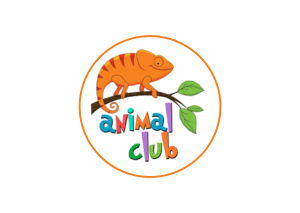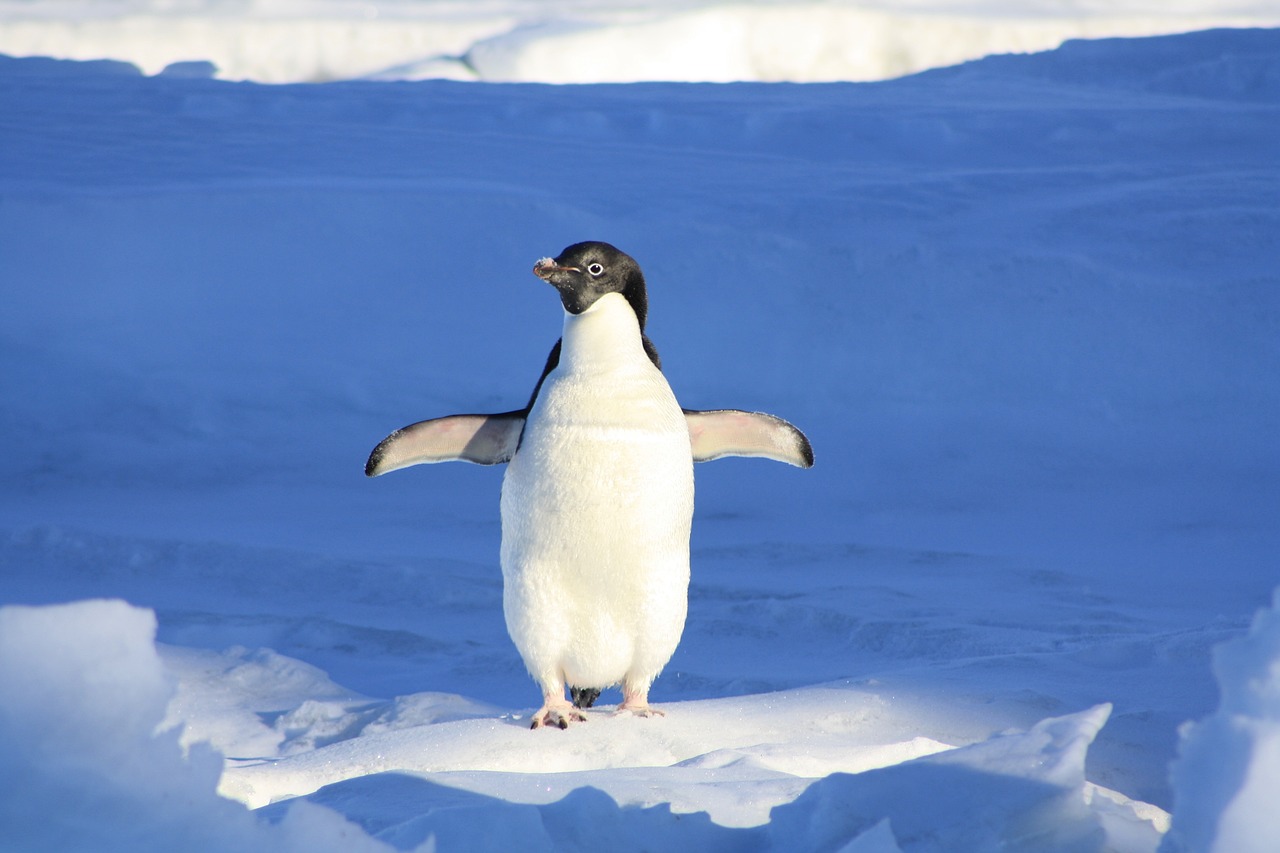Do penguins have feathers? The answer is a resounding yes! Penguins, like all birds, are absolutely covered in feathers. In fact, their feathers are specially adapted for their aquatic lifestyle, playing a vital role in everything from waterproofing to insulation and even movement.

Feathers to swim!
Penguins are some of the most loved birds on in the world. Their tuxedo-clad bodies and clumsy waddle on land make them endlessly fascinating and awe-inspiring animals. But with their streamlined bodies and flippers, one might wonder, do penguins even have feathers?
At first glance, penguins might seem like an anomaly in the bird kingdom. Birds are typically known for soaring through the skies, their feathers acting as wings that propel them through the air. Penguins, on the other hand, have traded flight for exceptional swimming abilities. This drastic shift in lifestyle has led to a fascinating adaptation of their feathers.
Unlike the long, flowing feathers of birds of prey or songbirds, penguin feathers are short and stiff. This design provides a smooth, streamlined surface that reduces drag in the water. Imagine trying to swim with a giant, fluffy feather coat – not exactly efficient! The shorter, stiffer feathers allow penguins to glide effortlessly through the water, making them agile hunters and masters of the deep.

Feathers for warmth – a waterproof suit
But streamlining isn’t the only function of penguin feathers. Penguins inhabit some of the coldest environments on Earth, from the icy shores of Antarctica to the sub-Antarctic islands. To survive in these freezing cold waters, penguins need exceptional insulation. Here’s where the incredible density of their feathers comes into play.
Penguins boast an incredibly dense coat of feathers, with up to 100 feathers per square inch! This dense layer traps air, creating a natural thermal barrier that keeps them warm despite the icy water temperatures. It’s like wearing a million tiny puff jackets, all working together to keep the penguin’s core body temperature constant.
There’s more to the waterproofing story, though. Penguins produce a special oil from a gland near their tail, called the uropygial gland. They preen themselves with this oil, coating their feathers and creating a waterproof layer. This oily coating repels water, preventing it from soaking through to the penguin’s skin and compromising their insulation. It’s like a built-in waterproof suit, allowing them to stay dry and comfortable even after long dives.

DID YOU KNOW?
Not only do penguins have feathers,
they also have a thick layer of
BLUBBER that keeps them warm!
Flipper amazing
Even the flippers, which look like smooth paddles, are covered in tiny, scale-like feathers. These specialised feathers are different from the body feathers, but no less important. They provide rigidity and structure to the flippers, allowing for powerful strokes and efficient underwater movement. Additionally, these tiny feathers help maintain a smooth surface, further reducing drag and maximising the penguin’s propulsion through the water.
DID YOU KNOW?
Out of all the penguin species,
the GENTOO penguin is the fastest!
Moulting feathers and a new coat
Just like other birds, penguins go through a moulting process where they shed their old feathers and grow new ones. This typically happens once a year after breeding season. During this time, penguins are more vulnerable as their waterproofing is compromised. They spend most of their time resting on land, huddled together for warmth and protection, and letting their new feathers grow in.
This moulting process is crucial for maintaining the health and function of their feathers. As penguins swim and preen, their feathers wear down over time. Moulting allows them to replace these worn feathers with fresh, new ones, ensuring optimal waterproofing, insulation, and swimming efficiency.

Feathers to survive!
These specially adapted feathers are what allow penguins to thrive in their harsh environments. From keeping them warm in cold water to streamlining their movement for hunting and escaping predators, penguin feathers are a crucial part of their success as aquatic birds.
Next time you see a penguin, take a closer look! Beneath that sleek exterior lies a marvel of avian adaptation – a feathery friend perfectly suited for life at sea.

Extra information
Animal-Club provides animal parties or animal handling workshops. You will be able to see, learn and interact with many wonderful animals with the help of our presenters. Our mobile zoo has many friendly animals such as rabbits, tarantulas, geckos, vinegaroons and more, perfect for an animal party. We can also , come over to your school for an animal school visit or arrange for an animal workshop with us where the children can learn about looking after animals and animal behaviour, and have fun too.



